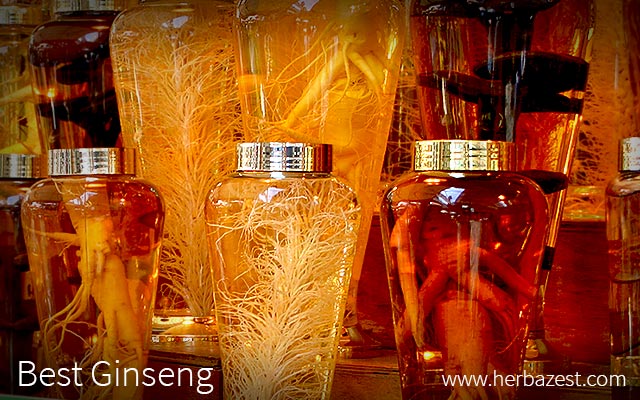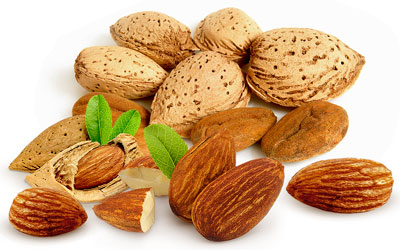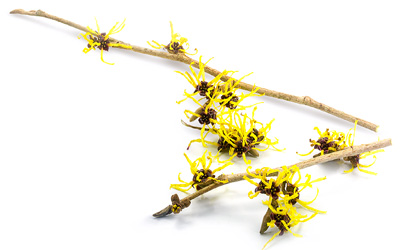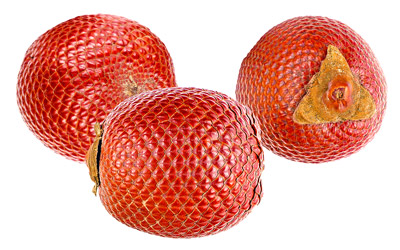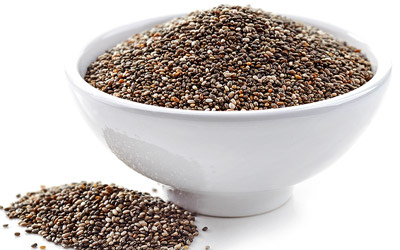Determining which is the best type of ginseng for specific usage takes into account two different characteristics: place of origin and method of drying. Explained in a nutshell, the best ginseng in the world is the one that contains the highest concentration of ginsenosides, which are believed to be responsible for this root many health benefits.
While other species of the Panax genus still under study, the following three are popularly known as the best kind of ginseng around the world:
Panax Ginseng
Also known as Asian or Korean ginseng, Panax ginseng is used as an alternative treatment for a number of health conditions, including diabetes, hypertension, menopause symptoms, and erectile dysfunction. Panax ginseng is highly valued and considered as the best quality ginseng, due to its elevated concentration of ginsenosides, as well as the best ginseng for energy and vitality.
Wild Ginseng
Panax quinquefolius, also known as American ginseng, wild ginseng is native to North America. While it shares many benefits with its Asian relative, wild ginseng is deemed as the best type of ginseng for stimulating the immune system, and it is commonly used to prevent and treat respiratory infections, as well as for increasing energy and improving mental performance.
Japanese Ginseng
Although less studied that the other types, it is known that the ginsenoside content of the root or rhizome of Panax japonicus is between two and sevenfold higher than in Panax ginseng, making it truly the best ginseng in the world. Japanese ginseng is commonly used for its anti-ulcer, expectorant, and antidiabetic properties.
Types of Processed Ginseng
Regardless of the type of ginseng, the different processes the rhizomes undergo also make a difference in their potency and medicinal uses:
White ginseng. This refers to ginseng that has been air dried in the sunlight. While it has a lower overall concentration of ginsenosides than other processed ginseng, white ginseng is mostly used to reduce glucose levels and manage asthma.
Red ginseng. This is ginseng that has been steamed at 194 - 212°F (90 - 100°C) for two or three hours. Red ginseng has a higher ginsenoside count, which is why it is believed to be more beneficial than fresh and white ginseng. It is mostly used to improve cognitive function, erectile dysfunction, and diabetes.
Black ginseng. This is ginseng root that has been subjected to a long process of nine cycles of steaming and drying. The ginsenoside count in black ginseng is significantly higher than in the previous ones, therefore offering greater medicinal value. Black ginseng is used as a powerful antioxidant, as well as an antidiabetic and weight loss supplement.
Best Ginseng Supplements
Different ginseng supplements are readily available in supermarkets, herbal stores, and online:
Ginseng pills. This concentrated form is undoubtedly the best ginseng supplement for individuals who seek for easy, fixed dosages without the bitter taste, and can be found as ginseng capsules or ginseng tablets.
Ginseng powder. Once dried and finely ground, this ginseng form is extremely versatile, as it can be added to smoothies, juices, baked goods, and many recipes, or encased in capsules at home.
Ginseng drinks. In any of its multiple variations, a ginseng drink is meant to increase alertness, as well as to improve physical and mental performance. These energy drinks are also often taken to promote weight loss.
Best Ginseng Tea
Infusing either dried or fresh ginseng leaves into a tea is one of the most popular methods of consuming ginseng, with the added benefit of blending it with other herbs to heighten its properties. Ginseng and ginkgo tea, for example, combines two herbs with similar benefits to promote improved mental function, memory, and alertness.
Although all ginseng species exhibit similar benefits when taken as a tea, Panax ginseng is thought to be the best ginseng tea for cooler months because it is warming and stimulating. Conversely, wild ginseng is considered the best ginseng tea for a cooling and less stimulating experience.
When choosing the best ginseng for you, it will help to consider the level of ginsenosides, the origin, the drying method, the supplement form, and the particular health condition to treat.
Sources
- American Family Physician, Panax ginseng, 2003
- Frontiers in Plant Science, RNA-seq Transcriptome Analysis of Panax japonicus, and Its Comparison with Other Panax Species to Identify Potential Genes Involved in the Saponins Biosynthesis, 2016
- HortTechnology, Asian and American Ginseng – A Review, 1995
- Journal of Ginseng Research, Charac. of Korean Red Ginseng: History, preparation method, and chemical comp., 2015 | Comp. Study of Korean White, Red, and Black Ginseng Extract, 2011 | Charac. of Black Ginseng Extract, 2010
- Journal of the Korean Society for Applied Biological Chemistry, Optimization of the manufacturing process for black ginseng, 2012
- Kew Royal Botanic Gardens, Panax quinquefolius (American ginseng)
- University of Maryland Medical Center, Asian ginseng | American ginseng | Ginkgo biloba
